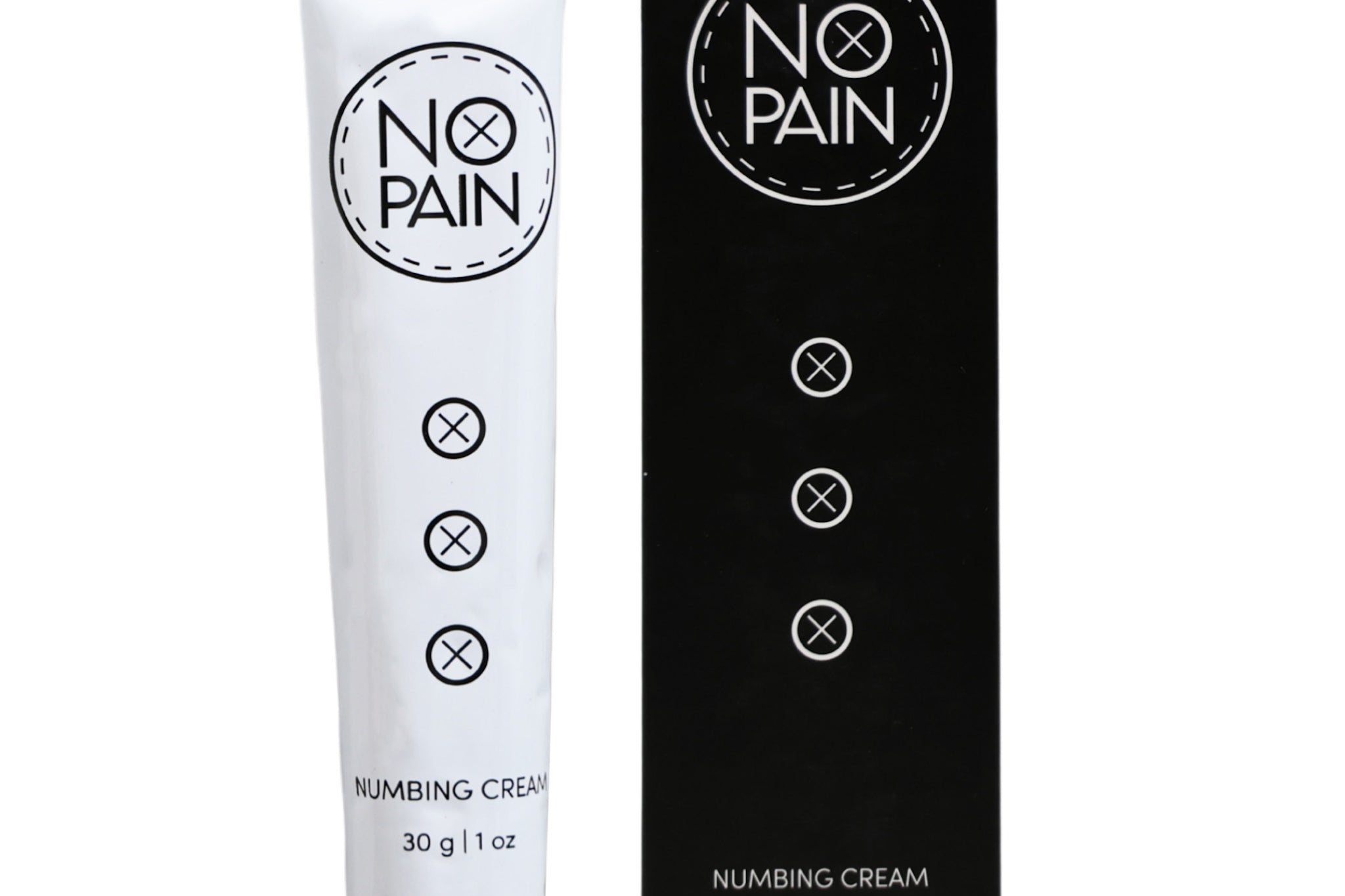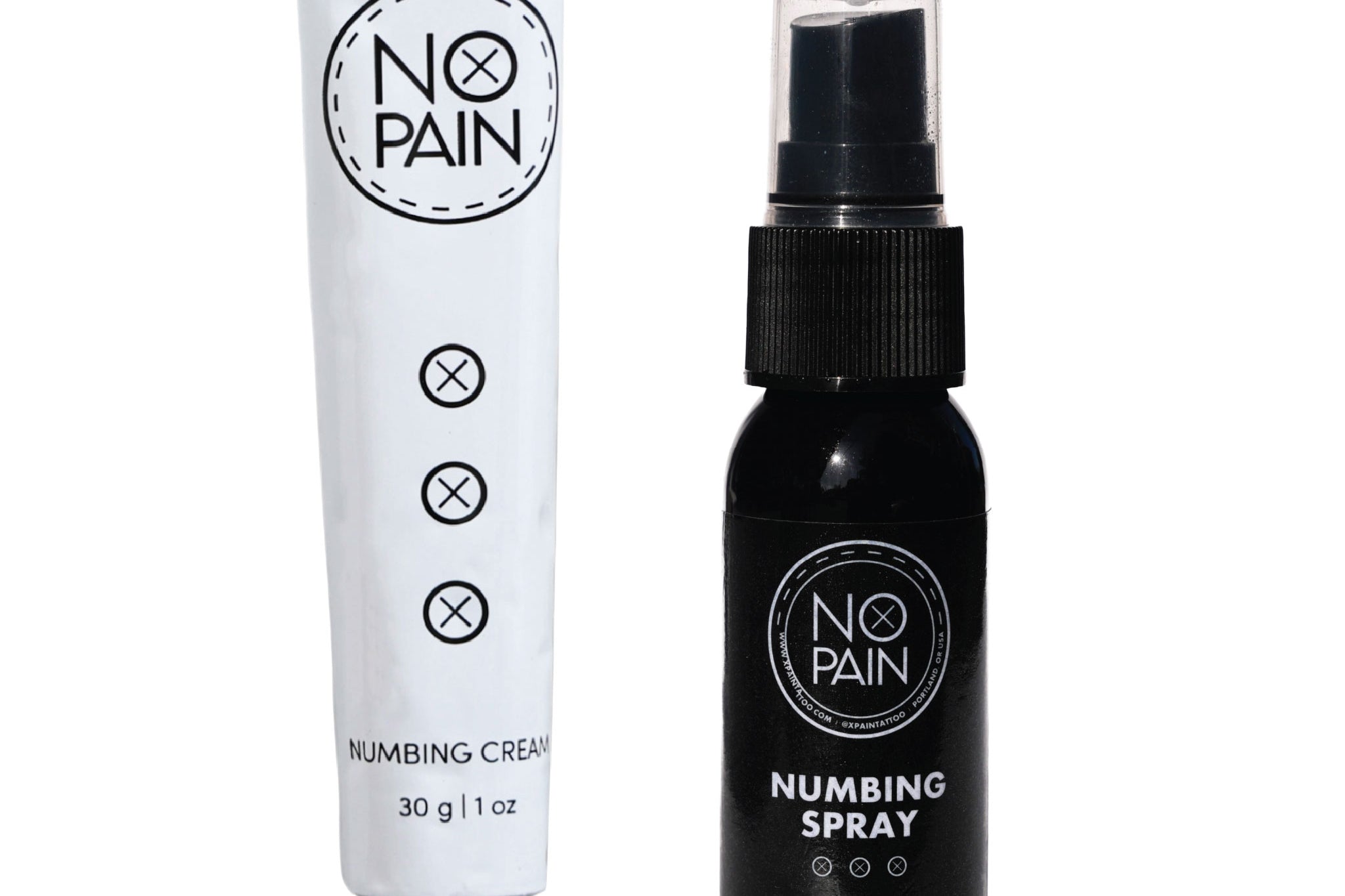You're ready to get your first tattoo, and you've decided to go with a classic: a black and grey design. It's a fantastic choice. Black and grey tattoos are celebrated for their timeless elegance, their stunning depth, and their incredible longevity. From soft, photorealistic portraits to bold, traditional pieces, this style is versatile and ages beautifully.
But as a first-timer, the process can be filled with questions. What does getting a tattoo feel like? How bad do tattoos hurt when it's all shading? And what is the healing process like?
This is your complete guide to what to expect when getting your first black and grey tattoo, from the sensation in the chair to the crucial aftercare that will make it last a lifetime.
The Sensation: The Art of Shading
The experience of getting a black and grey tattoo is often different from that of a full-color piece. The process is heavily focused on shading and building up tones.
-
The Outline: The session will start with the linework, which feels like a sharp, precise scratch.
-
The Shading: This is where the magic of black and grey happens. Your artist will use various "grey washes" (black ink diluted with distilled water) to create a range of tones. The sensation is often described as a broad, abrasive rubbing or a mild burning feeling. For many, this is less intense than the initial sharp lines, but it is a longer, more repetitive process.
If you're nervous about the pain, the best way to prepare for a tattoo is with a smart pain management plan. Our No Pain Tattoo Numbing Cream is a first-timer's best friend. It can deeply numb the skin, turning the sharp and burning sensations into a dull, manageable pressure, allowing you to relax and enjoy the experience.
The Healing Process: Protecting Your Tones
How to care for a new tattoo with a lot of soft, subtle shading is absolutely critical. The tattoo healing stages for a black and grey piece are all about preserving that delicate contrast.
-
Week 1: The "Dark and Sore" Stage. Your new tattoo will be red, swollen, and will look much darker than the final result. Your job is to keep it impeccably clean. Our No Pain Tattoo Cleansing Foam is the perfect gentle, antimicrobial wash.
-
Week 2: The "Peeling and Itchy" Stage. Your tattoo will begin to peel and get very itchy. This is normal. What does a healing tattoo look like at this stage? Often, it has a "milky" or cloudy appearance. Do not pick or scratch!
-
Weeks 3-4: The "Settling" Stage. The peeling will stop, and the shininess will fade. Your tattoo's true, soft, healed tones will emerge.
A flawless heal is the key to a great-looking black and grey tattoo. A professional system like our No Pain Tattoo Aftercare Bundle provides the Soothing Gel to handle the initial soreness and the crucial Aftercare Balm to keep the skin hydrated and prevent the heavy scabs that can ruin delicate shading.
The Long-Term Beauty of Black and Grey
One of the best things about black and grey tattoos is how tattoos age. Because black ink is carbon-based, it is more resistant to fading from the sun than any color pigment. With a lifetime commitment to sunscreen and daily moisturizing, your black and grey tattoo will stay looking crisp and beautiful for decades.
The Verdict: A black and grey tattoo is a fantastic and manageable choice for a first piece of body art. The pain is often less intense than heavy color work, and the results are timeless. By preparing for your session and committing to a great aftercare routine, you'll have a beautiful tattoo that you'll love for a lifetime.




